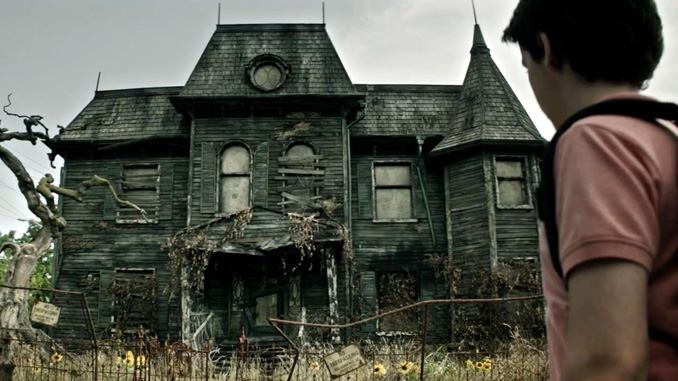
With the tragic news of Fixer Upper departing from HGTV, fans are grief-stricken, left with a large hole in their hearts and their weekends.
Meanwhile, I am beside myself with confusion about when it became socially acceptable for mainstream society to stop avoiding derelict and possibly haunted homes in favor of overextending themselves on their mortgages, just to give a perfectly spooky house the ol’ Chip and Joanna treatment. One thing, though, is for certain: Without Chip and Joanna on the case, a lot of spooky old houses in the Waco area are going to stay that way.
What is it that makes the idea of an old, dark house so scary? There isn’t anything explicitly scary about old or abandoned houses, other than that they’re often dark and drafty. But there’s something uncanny about them, too, and they’ve become an ever-present staple in horror films because of it.
The dark house inspires the same feelings we get when we see a character walking through the woods at night alone with nothing more than a crappy, dollar-store flashlight. There is no background music—just the sound of crunching leaves under the character’s footsteps. Our palms start to sweat. We can only see what the flashlight is able to illuminate—trees, branches, occasional wisps of fog. As far as the story is concerned, nothing scary has happened up to this point. And yet, we’re unnerved. Past experiences within similar scenarios have taught us to be.
The old, dark house trope has been a staple in horror since the very beginning. Georges Méliès’ 1896 silent film, Le Manoir du Diable (or The Haunted Castle), is sometimes considered to be the first ever horror film and takes place within a haunted house, as its title implies. It’s a simple enough movie that doesn’t exhibit all of the traditions that we have come to expect from films about haunted houses today, but it does establish the setting of an old, abandoned residence as the primary setting for a horror film.
The tradition continued throughout the silent era, with several shorts featuring haunted houses, and then into the era of sound film. One of the most notable early examples is James Whale’s 1932 film The Old Dark House.
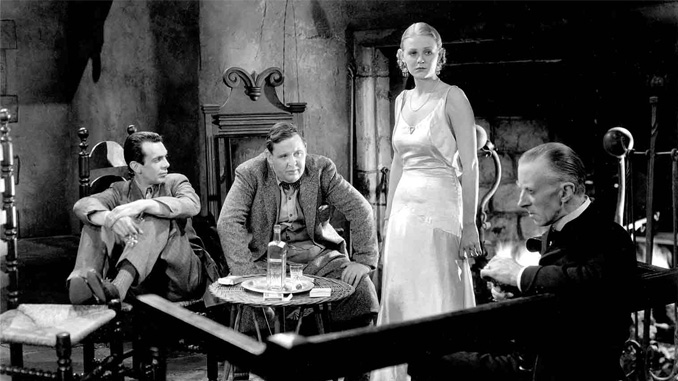
In a nutshell, the movie features a group of travelers who seek shelter in an old, dark house in the middle of a storm. When the travelers are met with the eccentric Fem family, the film demonstrates how being a guest in an unfamiliar and hostile setting can be even more horrifying than the supernatural.
Up until that point, the haunted house trope usually involved ghosts or devils running around the house, haunting the residents and creating other sorts of mischief. But Whale turned this around in his film, showing us that humans—when placed in the right setting—can be just as scary as the paranormal.
Perhaps this is what makes haunted houses so appealing to filmmakers and moviegoers alike—turning something as ordinary, omnipresent, and as safe as a house into a vessel of terror and a tool for taking people out of their comfort zones.
This leads me to the home invader subgenre, which started in the 1940s with The Cat and the Canary and continues to survive to this day, with films like The Strangers. These films are less about what’s lurking in abandoned, cobweb-ridden fixer-upper-style houses and more about lived-in homes that some hostile (and usually human) presence is trying to infiltrate. Sometimes the house was an inheritance and therefore foreign to the protagonist. Sometimes it’s a place where the main character has lived in for years. Either way, these films put you into an even more uncomfortably relatable situation as a viewer, wondering to yourself what you would do if a masked killer entered your house uninvited while you check the deadbolt for the eighth time.
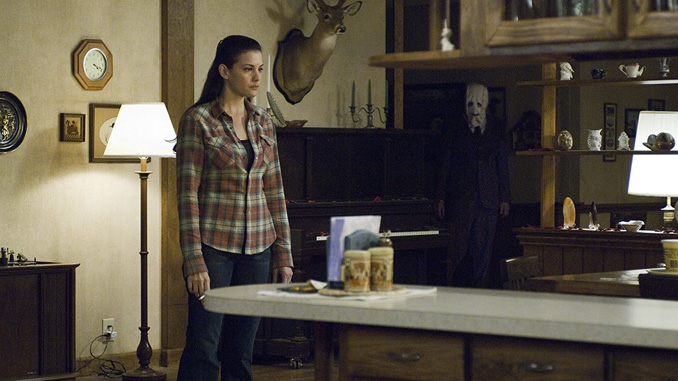
Finally, there are the films in which it seems as if the house itself is an antagonist. Films such as The Shining and The Amityville Horror feature ghosts and other things that go bump in the night, but those entities are usually inextricably linked with the house and sometimes seem like tools the house is using rather than autonomous entities.
Oftentimes, there is some excuse for the house being this way, such as it being built on an Indian burial ground, being cursed, or whatever else. The main element that made these films different was that the house itself was the villain and not just the setting.
Unfortunately, the self-aware haunted house isn’t really seen much anymore (unless you count 1408). But we have seen a recent return to the more traditional style of haunted house. Films such as The Grudge and The Conjuring immediately come to mind.
Of course, there are still the reliable home invader films, sure to spawn sequels and imitators. But the main idea to take away is that the subgenre of haunted house horror is still alive and well in modern cinema.
As long as there are horror movies, there are sure to be old, dark houses just begging for a little shiplap from the good folks at HGTV.
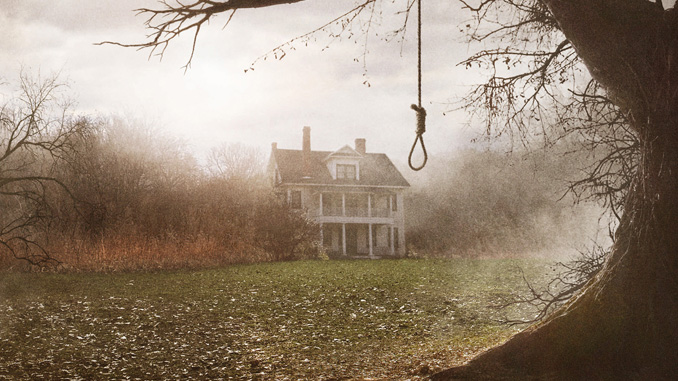

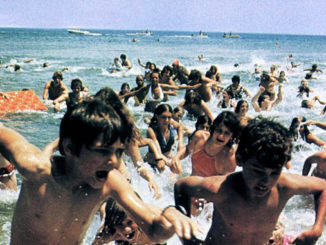
Be the first to comment